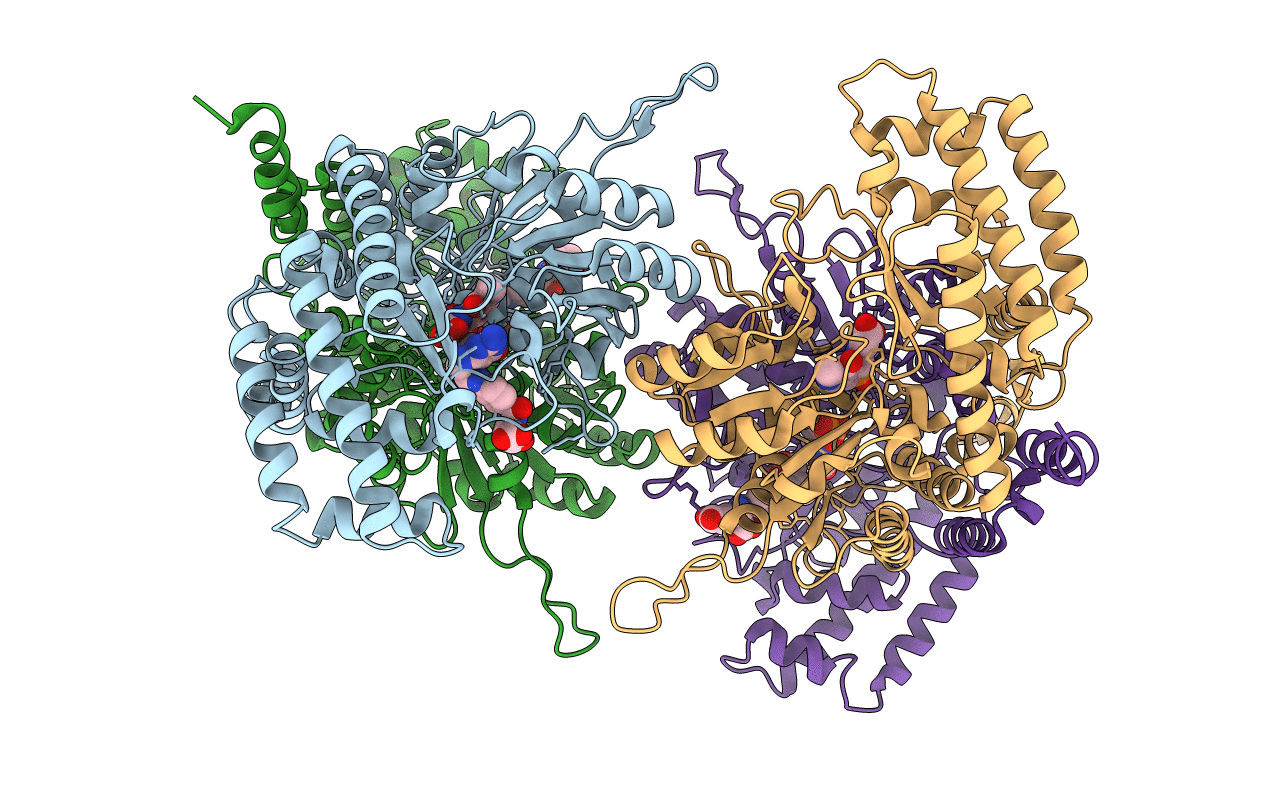
Deposition Date
2000-03-02
Release Date
2000-11-03
Last Version Date
2024-11-20
Method Details:
Experimental Method:
Resolution:
2.90 Å
R-Value Free:
0.22
R-Value Work:
0.27
R-Value Observed:
0.22
Space Group:
P 43 21 2


